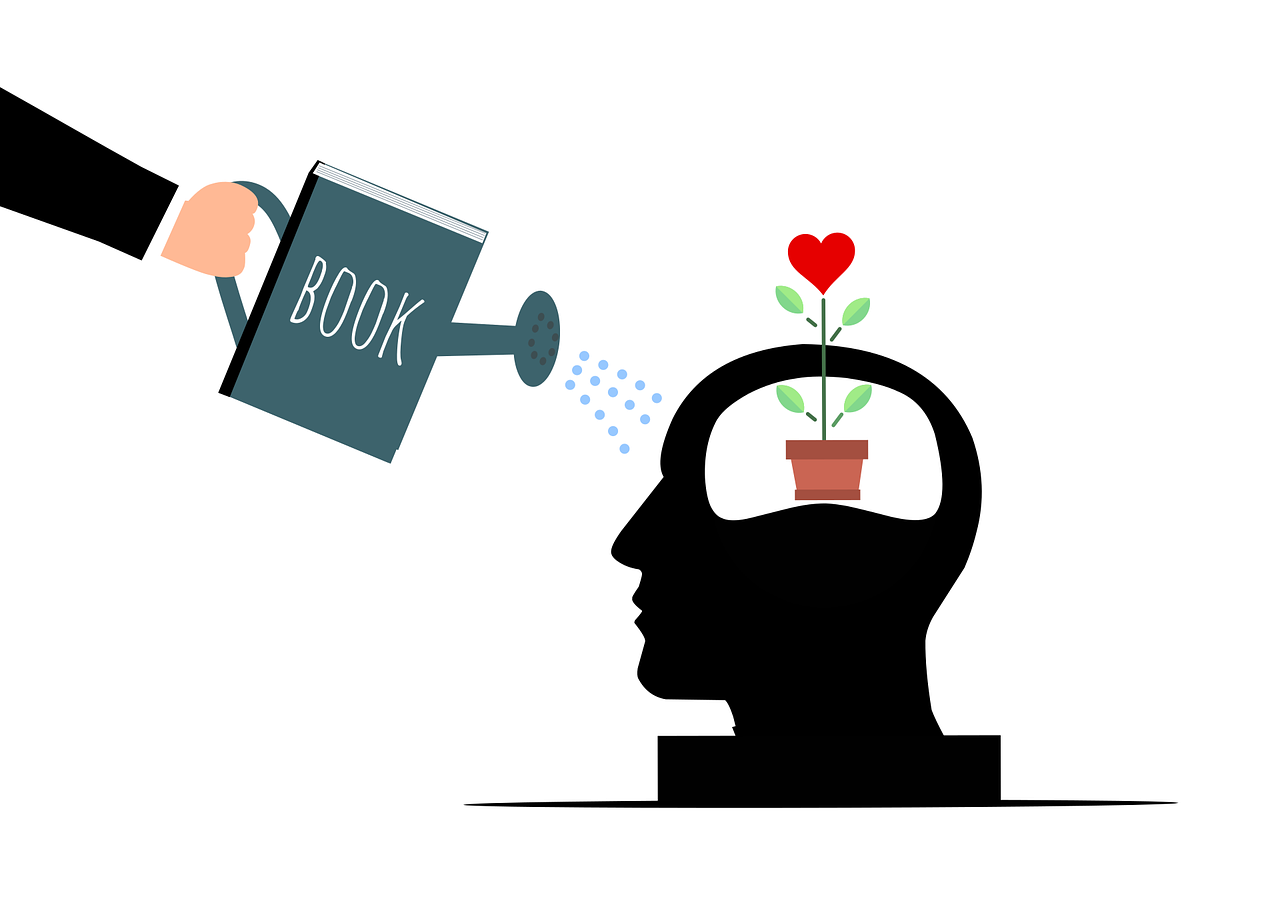How to Create a Growth Mindset in Learners
In today’s rapidly evolving world, the ability to adapt, learn, and grow is more important than ever. At the heart of this adaptability lies one crucial concept: a growth mindset. First introduced by psychologist Carol Dweck, a growth mindset refers to the belief that abilities and intelligence can be developed through effort, good strategies, and guidance. Whether you’re an educator, parent, or mentor, knowing how to create a growth mindset in learners can have a profound impact on their academic, emotional, and lifelong success.
In this blog post, we’ll explore practical strategies, backed by research, on how to instill a growth mindset in learners of all ages. From classroom techniques to parenting tips, this comprehensive guide will help you unlock a learner’s true potential.
What is a Growth Mindset?
Before diving into how to create a growth mindset in learners, it’s essential to understand the difference between a fixed mindset and a growth mindset.
- A fixed mindset assumes that intelligence and talent are static. People with this mindset avoid challenges, give up easily, and see effort as fruitless.
- A growth mindset, on the other hand, sees intelligence and abilities as qualities that can be cultivated through hard work, feedback, and persistence.
When learners develop a growth mindset, they embrace challenges, persist in the face of setbacks, learn from criticism, and find lessons and inspiration in others’ success.
Why Is a Growth Mindset Important?
A growth mindset does more than improve academic performance. It also:
- Builds resilience: Learners with a growth mindset bounce back from failures more effectively.
- Enhances motivation: Believing in the possibility of improvement encourages continued effort.
- Improves well-being: A growth mindset is linked to lower stress and anxiety levels.
- Promotes lifelong learning: It fosters curiosity and a love for learning beyond the classroom.
Clearly, learning how to create a growth mindset in learners is not just a nice-to-have—it’s essential for educational and personal success.
1. Use Growth-Oriented Language
The language used by teachers and parents plays a vital role in shaping a learner’s mindset. Replace phrases that suggest fixed ability with those that promote growth.
Examples:
- Instead of: “You’re so smart!”
- Try: “You worked really hard on this!”
- Instead of: “Not everyone is good at math.”
- Try: “You can get better at math with practice and effort.”
These subtle changes help learners associate success with effort and strategies rather than inherent ability.
2. Normalize Mistakes as Part of Learning
Mistakes are often seen as failures, but they’re actually valuable learning opportunities. Encourage learners to see mistakes as a natural and essential part of the learning process.
Strategies:
- Highlight famous examples of failure (e.g., Thomas Edison’s lightbulb, Michael Jordan’s basketball career).
- Review incorrect answers as a group and discuss what can be learned.
- Avoid punishment or embarrassment for wrong answers—use them as teachable moments.
By reframing mistakes as stepping stones rather than stumbling blocks, you help create a growth mindset in learners.
3. Encourage the Power of “Yet”
One of the simplest yet most powerful tools in developing a growth mindset is the word “yet.” When learners say, “I can’t do this,” add, “…yet.”
Examples:
- “I don’t understand this topic… yet.”
- “I haven’t mastered this skill… yet.”
The word “yet” implies progress, hope, and possibility. It subtly shifts a learner’s thinking from a fixed to a growth perspective.
4. Teach About the Brain’s Ability to Grow
Help learners understand that their brains are like muscles—the more they use them, the stronger they get. This concept is supported by neuroscience, which shows that practicing and learning create new neural connections.
Classroom idea: Share short videos or interactive lessons about neuroplasticity to show that intelligence is not fixed.
When learners understand that their brain can change and grow, they become more willing to put in the effort and persist through difficulties.
5. Set Process-Oriented Goals
Rather than focusing solely on outcomes (e.g., grades or scores), emphasize the learning process.
Goal Examples:
- “Practice my reading comprehension for 20 minutes a day.”
- “Use a new problem-solving strategy in math this week.”
These types of goals emphasize effort and strategies, helping to create a growth mindset in learners by focusing on what they can control.
6. Provide Constructive Feedback
Feedback is a powerful tool for mindset development—if used correctly. Avoid labeling learners as “gifted” or “struggling.” Instead, provide specific, actionable feedback based on effort, progress, and strategies.
Instead of: “You’re a math genius!”
Try: “I noticed how you broke the problem into smaller steps—that was a smart approach.”
This kind of feedback reinforces the idea that success comes from strategy and persistence.
7. Model a Growth Mindset
Children and students learn a great deal by observing adults. If you want to create a growth mindset in learners, demonstrate one yourself.
Ways to model growth mindset:
- Share stories about challenges you’ve overcome.
- Admit when you make mistakes and explain how you learned from them.
- Talk openly about goals you’re still working on and skills you’re developing.
When learners see trusted adults navigating challenges with a positive, growth-oriented attitude, they’re more likely to adopt the same mindset.
8. Create a Supportive Learning Environment
A growth mindset flourishes in environments that are safe, encouraging, and focused on learning over performance.
Tips:
- Avoid public comparisons or rankings.
- Celebrate effort, creativity, and improvement.
- Allow time for reflection and self-assessment.
By creating a classroom or home where learners feel supported and valued for their growth, you’re setting the stage for lasting change.
9. Use Journals and Reflection
Encourage learners to reflect on their learning process, challenges, and growth. A growth mindset journal can include prompts like:
- What did I learn today?
- What mistake did I make, and what did it teach me?
- What goal am I working toward?
- How did I overcome a challenge this week?
Regular reflection reinforces self-awareness and helps learners see their own progress over time.
10. Be Patient and Consistent
Finally, remember that developing a growth mindset is not a one-time lesson—it’s a continuous journey. Some learners may resist at first, especially if they’ve been conditioned to think in fixed terms. Stay patient, consistent, and keep modeling and reinforcing growth-focused behaviors.
Final Thoughts
To create a growth mindset in learners, educators and parents must be intentional in their language, actions, and expectations. A growth mindset doesn’t just help students perform better academically—it transforms how they face the world. When learners believe they can grow through effort, strategy, and support, there’s no limit to what they can achieve.
Start today by applying just one of the strategies in this post, and watch how it begins to shift attitudes, behaviors, and outcomes for the better.



